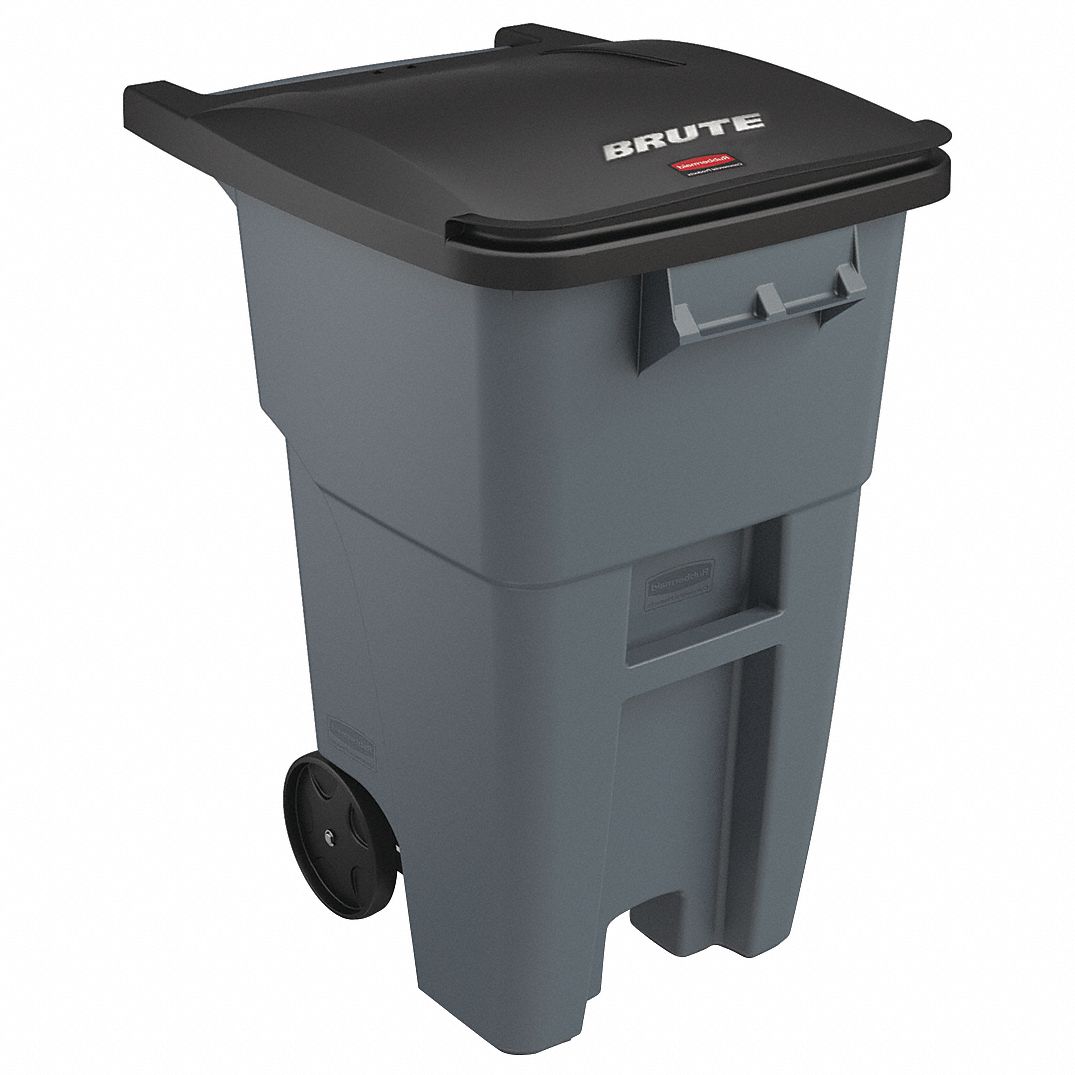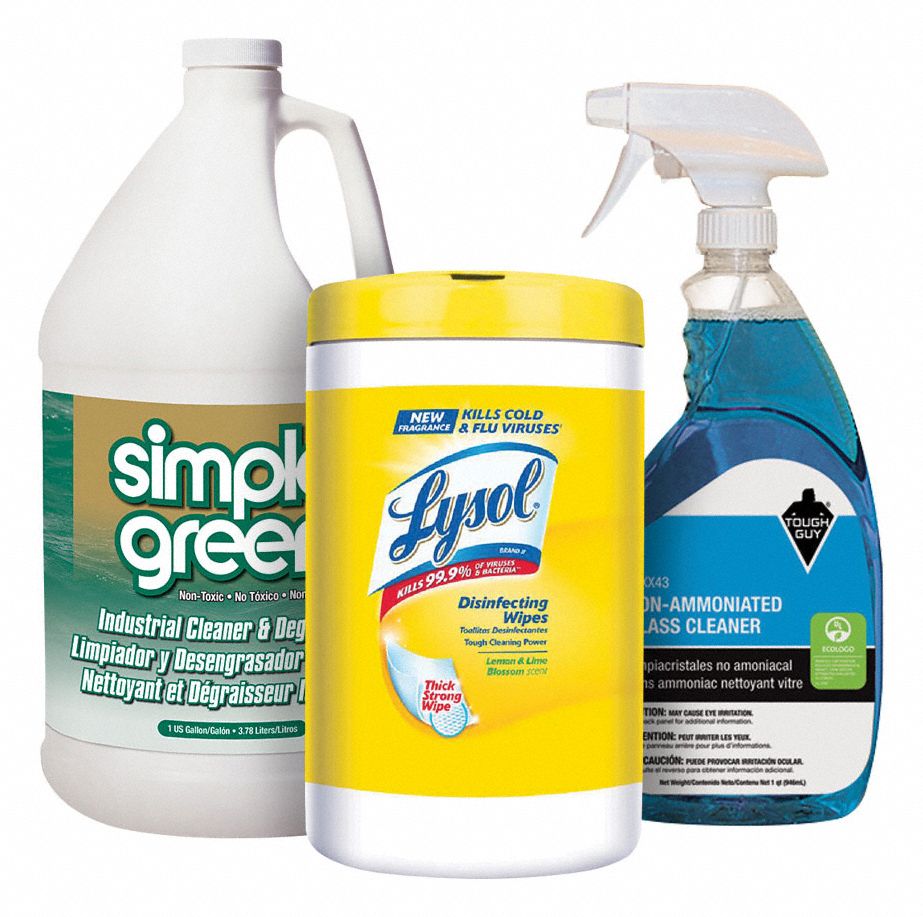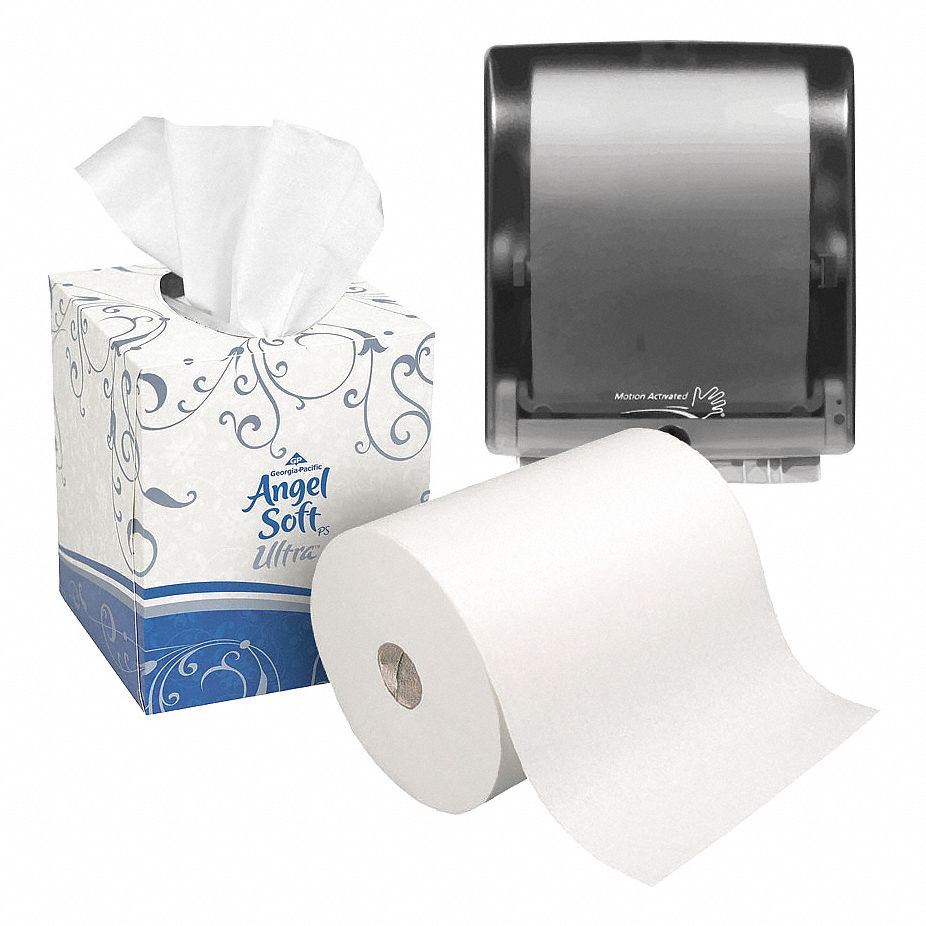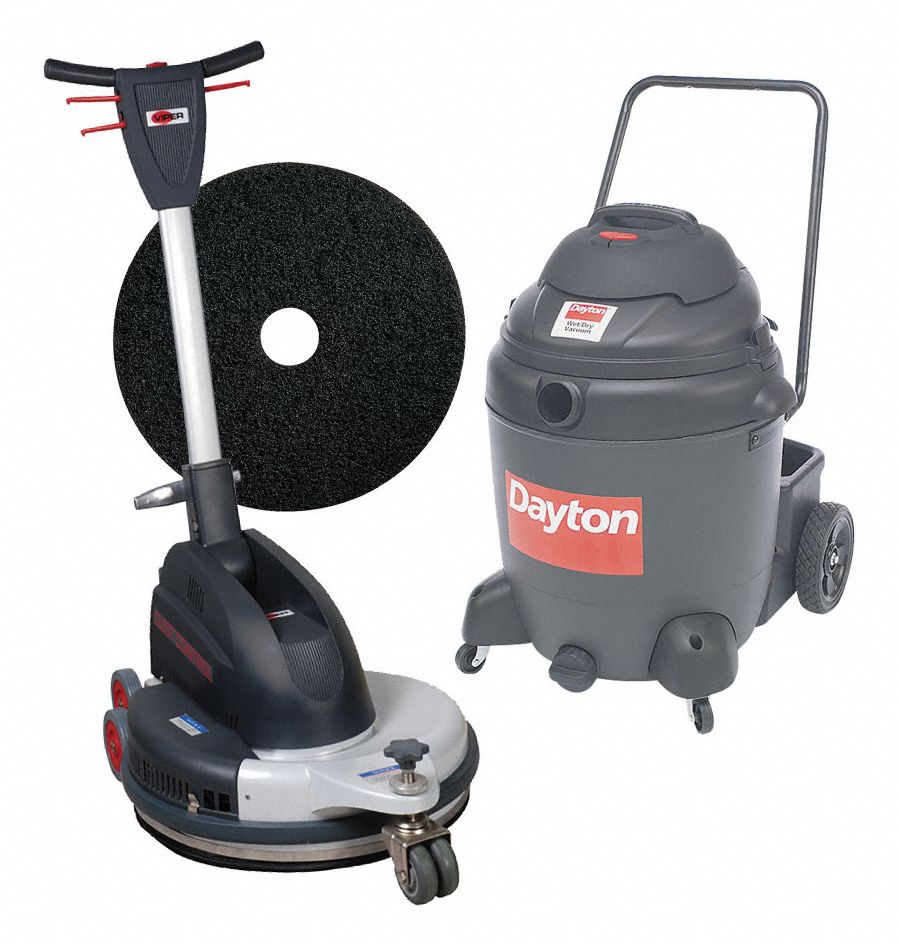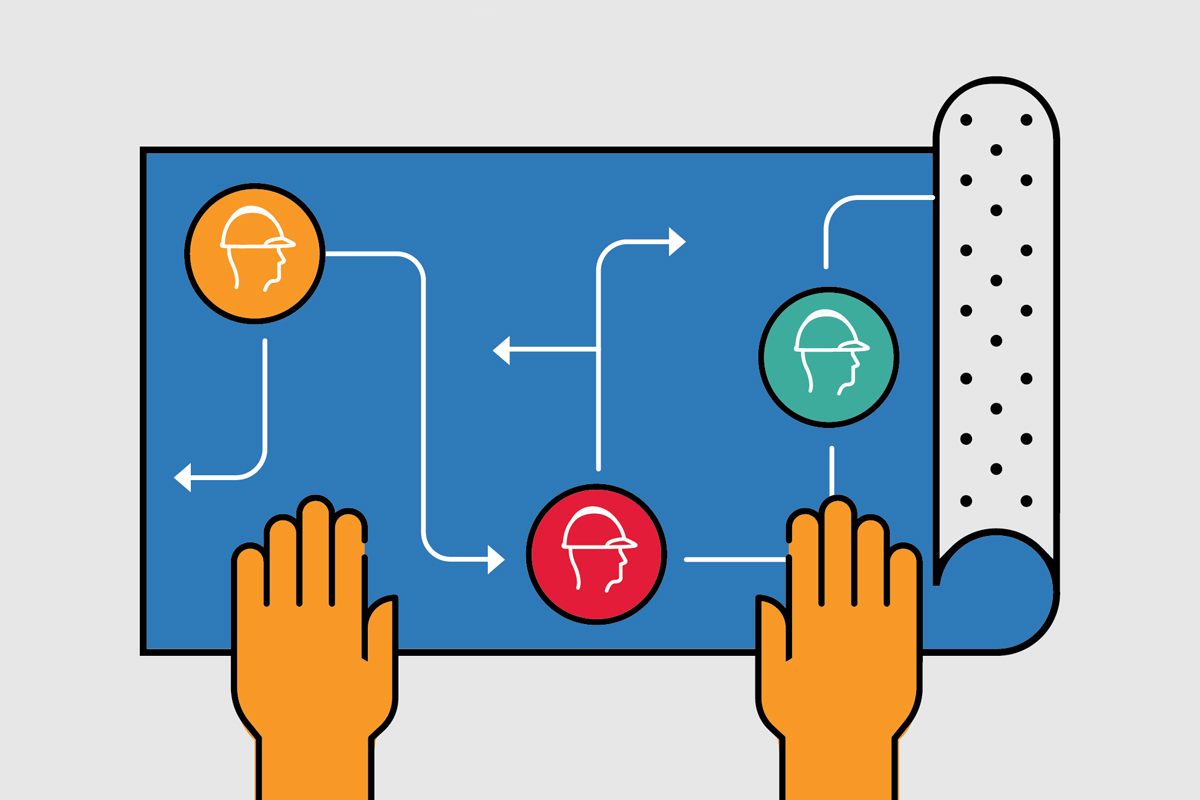

Emergency Management Phase 3: Response Checklists
By Grainger Editorial Staff 5/6/21


During and after an emergency, your team needs to know how to respond. According to the Occupational Safety and Health Administration (OSHA), creating a plan for emergency response before a disaster leads to more predictable and safe actions afterward. The first several steps after an emergency should be focused on keeping employees safe and reducing damage to the facility.
Also In This Series: Phase 1: Mitigation Checklist | Phase 2: Preparedness Checklist | Phase 4: Recovery Checklist
Review the below checklists to help ensure that your emergency response plan has steps in place to help keep employees safe and removes the most critical risks to your facility after an emergency.
Establishing Safety Checklist
- Does your plan designate safe zones where employees should meet after an emergency?
- Is this plan tested regularly so that employees know exactly what to do in the event of an emergency?
- Is your plan available to all employees in advance of an emergency and stored in public areas?
- Does your plan include up-to-date facility maps, known hazards and contact information for local emergency agencies?
Employee Management Checklist
- Are essential employees and leaders trained for their roles so they can react quickly post-emergency?
- Are all employees regularly trained on the emergency response plan?
- Are employees trained on their individual response roles as well as communication, evacuation or sheltering and first aid tasks?
- Do you have a master list of all employees in order to account for employees during an emergency?
- Is your list of employees and contact information regularly updated and maintained?
Prioritizing Response Checklist
- Does your plan include specific guidance as to which sites and equipment should be inspected for damage first?
- Is there a team leader identified in the plan to coordinate with emergency personnel and utility agencies?
- Are power backups including generators available and are employees trained to use them after an emergency?
Please note this list is not comprehensive of all of the steps you may need to take to respond to emergencies, but each question can and should be answered as part of your plan.
Check out these resources for other ways to help you respond to an emergency.
![]()
The information contained in this article is intended for general information purposes only and is based on information available as of the initial date of publication. No representation is made that the information or references are complete or remain current. This article is not a substitute for review of current applicable government regulations, industry standards, or other standards specific to your business and/or activities and should not be construed as legal advice or opinion. Readers with specific questions should refer to the applicable standards or consult with an attorney.


